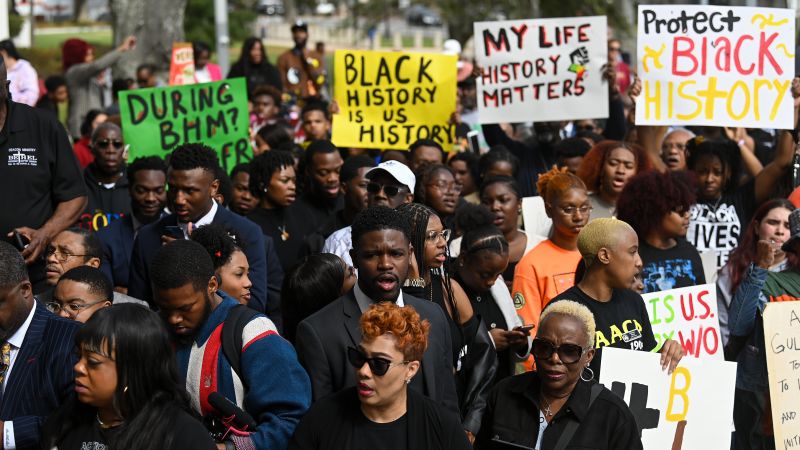One afternoon in 1987, in between videos for Poison and Bon Jovi, there she was. The first thing I noticed about her wasn’t her bald head or black boots or cool-looking Telecaster. No, it was that VOICE. I’d never heard a voice like that before. It went from gentle and lilting to full-on roar. It was a singular VOICE. She sounded like nobody, and precious few after her arrival tried to approximate it. Sinéad O’Connor didn’t look much older than me (she was only a year older, it turned out), but she appeared to already be world-weary. I worked at Sam Goody’s then, and I bought her debut album, The Lion and the Cobra, that day.
Listening to her first record was akin to discovering that a jungle cat lived in your bedroom. What was exciting was its breadth, from the moody sea shanty “Jackie” to the balls-out rock’n’roll of “Mandinka” to the dance pop of “I Want Your (Hands on Me).” All anyone (who hadn’t actually listened to her music) talked about was her bald head. But (for a very short time), those of us who knew her music didn’t care about anything but that VOICE and her precise songwriting.
The album’s highlight was “Troy,” a song that detailed one aspect of her troubled relationship with her mother. Using an orchestra rather than electric guitars, it was a captivating six and half minutes. When I saw her do it live on acoustic guitar, it was even more haunting. (I had the privilege of seeing her in concert three times.) The Lion and the Cobra was as uncompromising as she was.
Listening to Sinéad’s second album, I Do Not Want What I Haven’t Got (1990), was like reading someone’s diary. And there it was, in the middle of this difficult work: “Nothing Compares 2 U.” Many people today know that it’s a Prince song, but it was one of his throwaways. He’d given it to one of his side projects, the Family, whose album disappeared before anyone knew it was out. The Family was one of those acts where Prince wrote everything, played just about every instrument, and produced it, finding someone else to sing (à la the Time or Sheila E.). But in Sinéad’s hands, this throwaway became anything but. Sinéad flattened out just about any hint of the blues and focused on the pathos. To everyone’s surprise (but her fans’), the song rocketed to number one all over the world. Some might not even consider “Nothing Compares 2 U” the highlight of the record. There was the syncopated song of love and death, “I Am Stretched on Your Grave,” the lush orchestrations of the otherwise naked “Feel So Different,” social commentary in the form of “Black Boys on Mopeds,” and even the ultimate kiss-off song, “The Last Day of our Acquaintance.”
Sinéad resisted every label given to her; she would not be put in a box. Soon enough the controversies piled up, starting with the National Anthem debacle. America’s knee-jerk reaction was not unexpected by anyone but Sinéad. Her follow up album, Am I Not Your Girl? (1992) was a record made up largely of pre-pop standards with some show tunes recorded with an orchestra. But her career went into a death spiral when on Saturday Night Live, in protest of the Roman Catholic Church’s ritual abuse of children by some members of the clergy, she tore up a picture of Pope John Paul II after singing Bob Marley’s “War.” The world went apeshit, which is ironic now knowing what we know about the church’s cover-up of sexual abuse. People still say that Sinéad should have had more respect for the pope, but what respect did he or the clergy beneath him have for the children being abused? While Sinéad’s career would continue, momentum was lost and most of her audience simply gave up on her.
But for those who still cared, Sinéad continued to make often scintillating music. The raw Universal Mother (1994) detailed, among other things, the abuse she suffered at the hands of her mother. It also contained her most beautiful song, “A Perfect Indian,” where she laments the loss of someone she loved accompanied only by a piano. Gospel Oak (1997) was an EP that traded rawness for spirituality. Faith and Courage (2000) was a comeback attempt seeped in her singular type of pop music. (The record went nowhere.) Sean Nós-Nua (2002) was an album of traditional Irish ballads that was as gorgeous as it was heartfelt. Throw Down Your Arms (2005) was an effective collection of reggae covers, reggae being one of her passions since she was a teen.
Just when you thought her days writing original material were over, 2007’s double album Theology showed that her pen wasn’t empty. While her own songs were top-notch, it was her cover of “I Don’t Know How to Love Him” from Jesus Christ Superstar that put the album over the top. Then Sinéad went quiet for a while. But she returned in the early 2010s with How About I Be Me and You Be You (2012) and I’m not Bossy, I’m the Boss (2014), her final two releases. For the curious there is also a rarities album, a collection of collaborations (Sinéad love to collaborate), and some stray songs like “You Made Me a Thief of Your Heart,” written by Bono and friends.
Yesterday we received the news that Sinéad was gone. Most of you don’t know what you missed if you gave up in the wake of SNL. Ireland has given us some classic acts, such as U2 and Van Morrison, obstinate voices in our increasingly lock-step landscape. But Sinéad, I will argue, deserves a place next to her brethren. She brought honesty that was difficult to listen to, she sang of love in a way that had depth and candor, and she had a VOICE that no one can ever forget.


